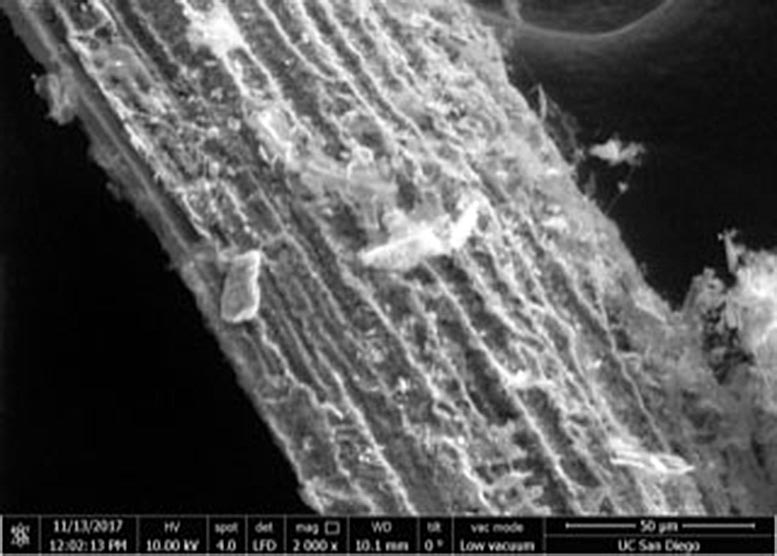ONE RIG TO RULE THEM ALL
Big Oil Will Rule The Energy Transition
Big Oil and renewables look like polar opposites to many who follow the energy transition from a distance. After all, this transition is a response prompted by the decades-long polluting activity of Big Oil. And yet, there is a big chance that Big Oil will own this transition, as well as the renewable future that follows.
On one level, the reason for this is purely technical. One might think that the oil industry and the wind power industry have nothing in common, but in fact, they do, as Giovanni Corbetta from James Fisher Renewables wrote in a recent article for World Oil.
The installation of wind turbines in the sea, especially in deep waters, is pretty similar to installing oil platforms, especially floating platforms. Hinting that floating wind turbine technology would be impossible without floating oil platform technology, Corbetta points out that some technologies now utilized in the renewable energy sector originated in oil and gas.
This connection is evident in Big Oil's quick foray into wind power when pressure began to be felt about their carbon footprints. The supermajors simply felt most comfortable with wind, particularly offshore wind. The latest evidence of this deep connection between the two was BP's announcement last month that it planned to invest close to $14 billion (10 billion pounds) to turn Aberdeen, in Scotland, into its global offshore wind hub. And, according to the company, the wind hub is only the beginning.
"Through our bid we aim to do far more than only develop offshore wind – we believe it can help fuel Scotland's wider energy transition," said BP's Dev Senyal, executive VP for gas and low carbon, as quoted by Scottish Construction Now. "We want to harness the clean power from Scotland's offshore wind and use our capabilities as an integrated energy company to accelerate the country's EV charging network, build its hydrogen offering and strengthen its supporting infrastructure, including ports and harbours," Devyal also said.
Yet, technology is not the only connection between oil and gas, and renewables. There is also the business expertise that has made the oil industry a lucrative choice for investors for decades. This is now changing, thanks to the push for a green shift, and Big Oil is changing with it.
French TotalEnergies, for instance, recently closed a deal with Amazon to supply it with electricity produced from renewable sources. The French supermajor will provide the commodity through power purchase agreements in Europe and the United States. Plans are to later expand this agreement to the Middle East and the Asia Pacific.
One would think that the supply of renewable power should be—and would be—the prerogative of those who generate it. But, apparently, this is not the case. Big Oil has the experience and expertise to spot any opportunity for growth and profit and grab it while it's there. This is not to say that renewable energy companies are ignorant about business opportunities and how to take advantage of them. Big Oil has simply had more time to learn how to do it well. It also has more motivation with shareholders, banks, and governments breathing down its neck about emissions.
One other avenue of expansion for Big Oil into renewables is simple—M&A. Shell recently closed the acquisition of Inspire Energy Capital—a U.S. renewable energy retailer that supplies customers with renewable power under a variety of subscription plans and also offers incentives for better electricity use management.
"Our goal is to become a major provider of renewable and low-carbon energy, and this acquisition moves us a step closer to achieving that," said Shell executive VP for Renewable & Energy Solutions, Elizabeth Brinton.
"This deal instantly expands our business-to-consumer power offerings in key regions in the U.S., and we are well-positioned to build on Inspire's advanced digital capabilities to allow more households to benefit from renewable and low-carbon energy," she added.
Big Oil is not shy about its plans to own the energy transition. It does not have to be, not now, when it has the money to buy all the assets it wants to grow in renewables. In fact, oil and gas buyers of renewable assets are so generous, Bloomberg recently accused them of interfering with the profits of these assets' previous owners. Ironically, while Big Oil enjoyed the windfall of rising oil prices, the two largest wind farm developers in the world reported lower profits. But not because of Big Oil squeezing their profits. It was because of lower electricity output due to lower wind speeds.
The idea that Big Oil could come to dominate the energy transition would hardly be palatable to many who singularly place responsibility for the need for an energy transition on the fossil fuel industry. Yet this is one likely scenario: Big Oil has the means, the motive, and the opportunity to make the energy transition its own.
By Irina Slav for Oilprice.com


















